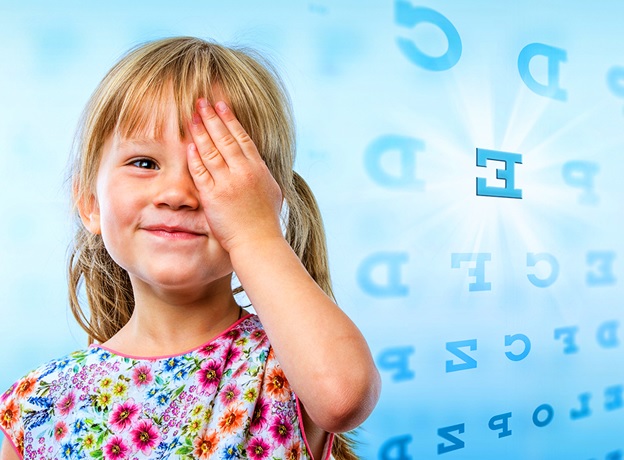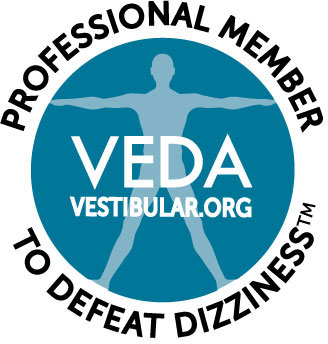Studies have shown that 25% of all students suffer from undiagnosed vision problems. Thus the percentage is probably even more significant because most children do not have an eye exam until they are ten years old or older. The two-hour neurovisual examination performed at The Neuro Visual Center of New York evaluates the total visual system. Ocular health, refractive error, binocular vision status at distance and near, stereoacuity, and accommodative function are all extensively tested. Our treatment utilizes custom microprism aligning lenses to effectively correct Binocular Vision Dysfunction without costly or time-consuming vision therapy.

Unfortunately, most children do not get a comprehensive eye exam that tests for binocular function, but rather a screening exam that measures basic visual acuity. Visual acuity of 20/20 does not give any information as to whether the two eyes are working together correctly. Even though each eye may be seeing an image well, it does not mean that each eye is focusing on a target at the same place in space, or even able to hold focus for longer than ten minutes. A binocular vision dysfunction may cause a child to see double or overlapping images in the distance or near when reading. For most of these children, this is their “normal,” so they may not even be aware that what they see isn’t normal. Many children who are diagnosed with a learning disability or ADHD also have an underlying binocular vision dysfunction.
A common visual condition which is often undetected in children is Latent Hyperopia. This is farsightedness that is masked by accommodation (focusing). Hyperopia (farsightedness) is when the image is focused behind the retina. To make the image clear, the child needs to increase their focus to move the image to the retina. The increasing and decreasing of accommodation alone can cause symptoms such as headaches and dizziness. Children with significant hyperopia must work even harder to improve their focus and then sustain it while reading. These children can still see 20/20 at both distance and near, but their accommodation is working on overdrive to keep their images clear. This can lead to headaches, poor attention, blurriness, and double vision. While reading, they may get tired or become symptomatic shortly after starting to read. This then leads to avoidance and poor school performance.
Cycloplegic refraction consists of using cyclopentolate dilating drops. These unique dilating drops freeze the focusing system. Cyclopentolate drops take a minimum of 45 minutes to take effect; any less time can leave the child with residual accommodation. The only way to get accurate refraction in a child and rule out Latent Hyperopia is through cycloplegic refraction. In our practice, a large percentage of children with learning disabilities have Latent Hyperopia. Correcting this refractive error alone improves depth perception, reading, and attention. Spectacle correction will also reduce headaches, nausea, and dizziness.





